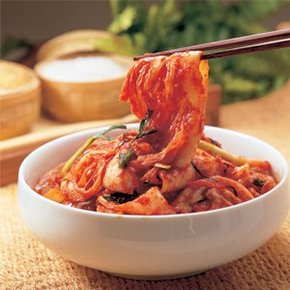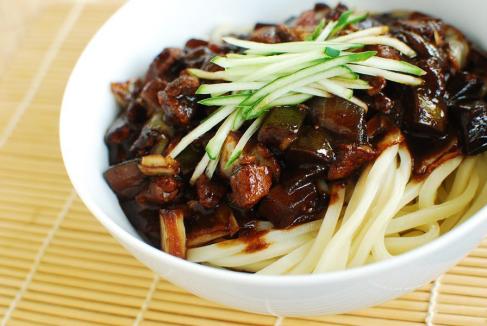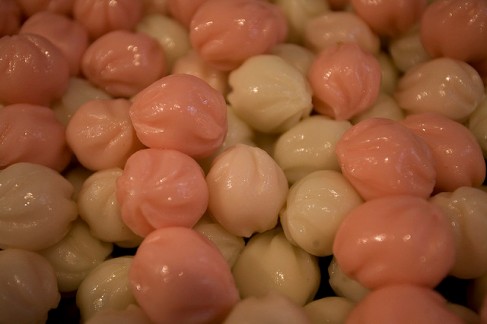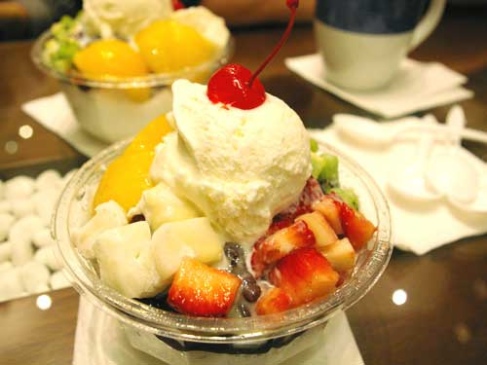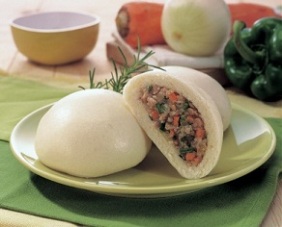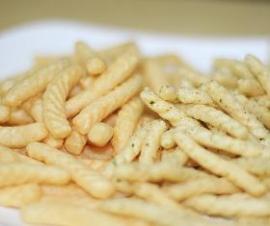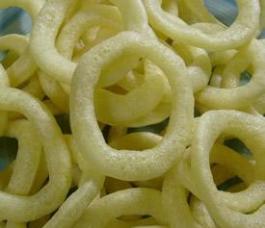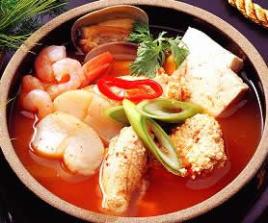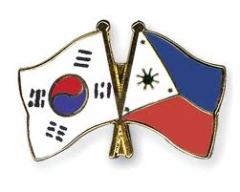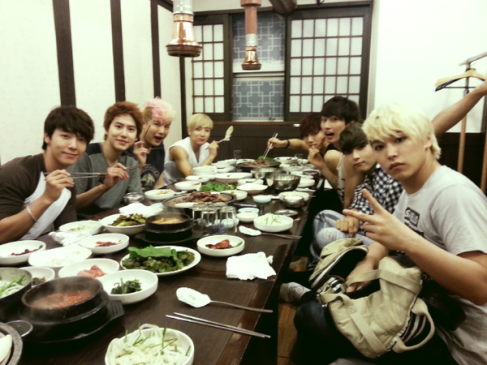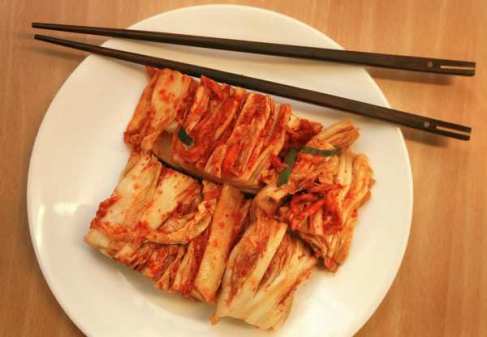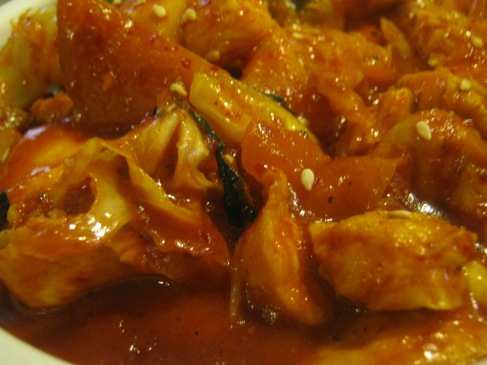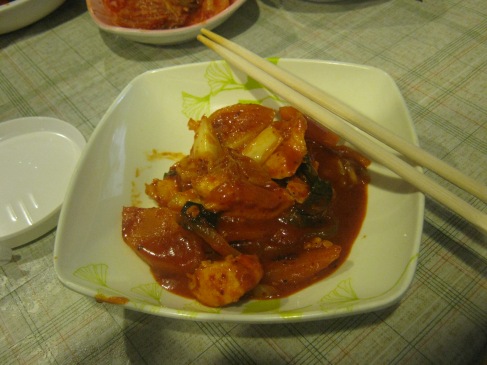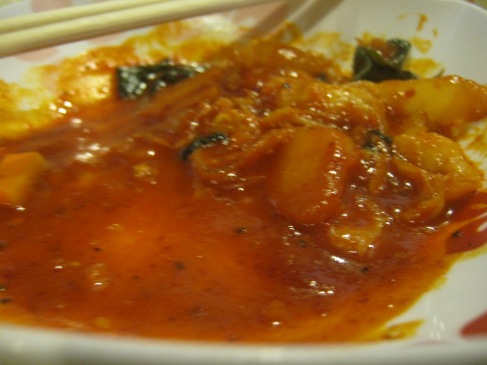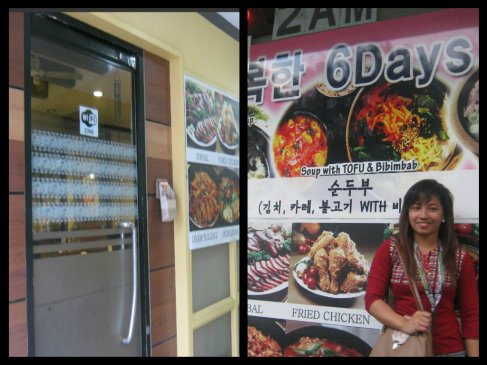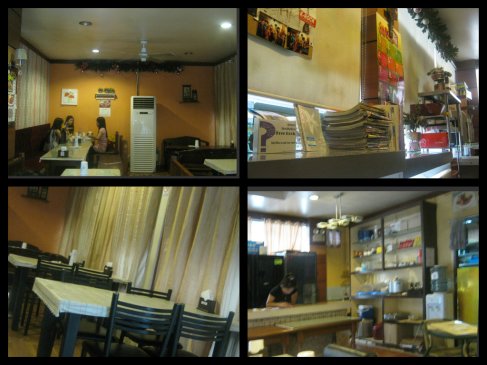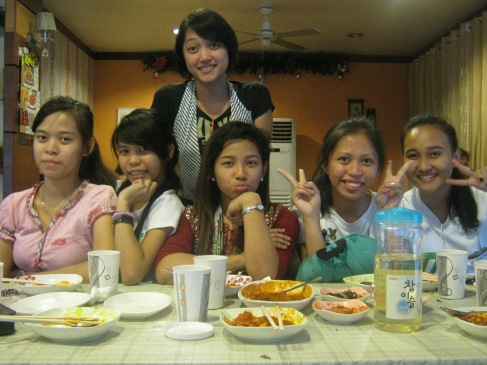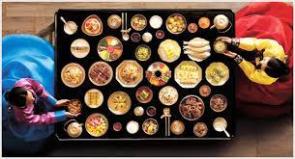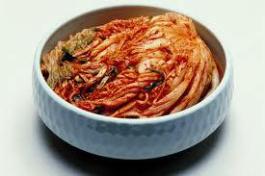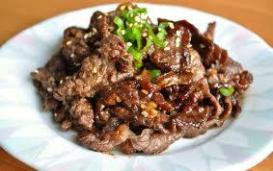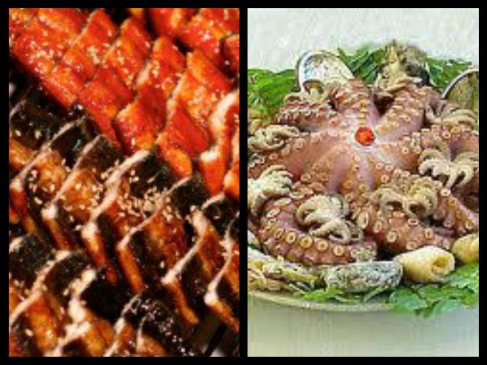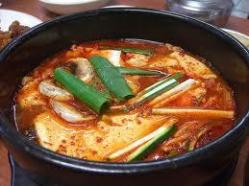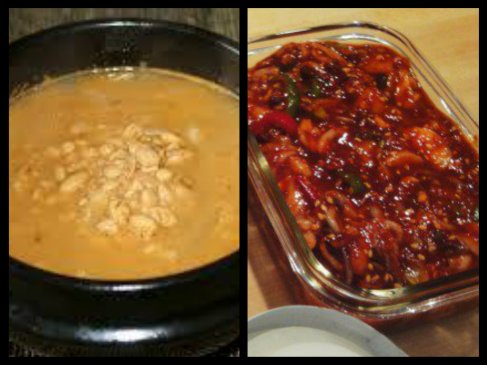Have you ever eaten at a Japanese restaurant?
When you talk of Japanese cuisine and such things, bento is one of the tops in that list!
A bento is a home-packed meal in Japanese cuisine. Normally a traditional bento holds rice, fish or meat, with pickled or cooked vegetables, usually in a box-shaped container. Containers range from disposable mass produced to hand crafted lacquer ware. Bento are readily available in many places throughout Japan, including convenience stores, bento shops railway stations, and department stores. However, Japanese homemakers often spend time and energy on a carefully prepared lunch box for their spouse, child, or themselves.
Here in the Philippines we also have boxed lunch especially prepared by our parents, or if you’re an adult by your spouse. However, unlike a traditional Japanese bento, we Filipinos pay less attention to its appearance or how it is put together.
For this week we have chosen to cover Japanese cuisine and as I have picked the ‘How-to’, I’ve decided to show you how to make a simple, delicious and nutritious bento!
So this is what a basic Japanese bento usually holds:
Rice (usually with sesame seeds, nori or furikake)
Choose 1 of these:
Okazu Mains:
Karaage (marinated deep fried chicken pieces. Freeze well)
Mini-hamburg (mini meat patties which are soft and delicious even when cooled. Freeze well)
Salted Salmon (pan-fried the same morning, or kept from the night before in the fridge)
Deep-fried Crumbed Calamari Rings (Freeze well) (Makoto added this one to the list)
Leftovers from dinner (keep in the fridge or freezer in a silicone cup)
1 or more of these:
Okazu Sides, Vegetable:
Cherry Tomatoes
Lettuce, watercress or other salad leaves
Sliced cucumber sprinkled with a little salt
Otsukemono (Japanese vegetable pickles or mildly pickled vegetables)
Edamame (we always have some in the freezer, and not just for bento!)
Steamed Broccoli (from last night’s dinner)
Japanese Potato Salad or Pumpkin Salad (if you happen to have leftovers)
Kinpira Gobo, Carrot or other fridge-storable vegetable sides
+/- 1 of these:
Okazu Sides, Protein:
Tamagoyaki (basic Japanese rolled egg)
Wieners (miniature Frankfurt sausage, microwaved)
Kamaboko (Japanese rice cake, from the fridge)
anything in “Okazu Mains” section, in an even smaller portion.
The bento I made is compromised of rice, calamari, tamagoyaki and wieners. It is actually easy to do. In this case since you probably know how to cook hotdogs and egg omelet then I wouldn’t need to give the step-by-step procedure on how to make it.
The only thing you should mind however is that, wieners are small hotdogs cut out into the shape of an octopus. Tamagoyaki is actually a bit tricky and I actually didn’t follow the original way of making it. Instead, I used a little imagination and made it in the shape of a heart.
Now then, what I will explain is how to make calamari. It’s actually easy though compared to tamagoyaki and wieners it is a bit time-consuming.
So firstly, get your ingredients ready.
400g cleaned squid, tentacles and all
Milk
4 tbsp cornflour
4 tbsp plain flour
1 tsp salt
Sunflower, vegetable or groundnut oil, to cook
Salt flakes, to serve
Lemon wedges or garlic mayonnaise, to serve (optional)
1. Remove the tentacles from the squid and cut the bodies into thick rings, about 1cm in diameter, and large triangles. Score the triangles with a criss-cross pattern. Put the pieces and tentacles into a bowl and cover with milk, then cover the bowl and refrigerate for up to 8 hours (even half an hour is better than nothing).
2. When you’re ready to cook, mix together the flours and salt in a shallow container. Fill a large, heavy based pan a third full with oil and heat over a medium-high flame until a pinch of flour sizzles when it hits the oil.
3. Drain the squid well, and perfunctorily pat dry, then drag through the flour and shake off the excess. Fry in batches for about a minute, until crisp, and slightly golden.
Now that the okazu main is cooked. Arranging the boxed lunch will be up to you! Use your creativity and imagination and combine it with your personal preferenSce and presto! Your bento is done!
–Rosalyn Tuazon
Guide:
http://www.littlejapanmama.com/2012/05/easy-bento-recipe-how-to-make-japanese.html
http://homecooking.about.com/od/seafood/a/squidtips.htm
http://www.guardian.co.uk/lifeandstyle/wordofmouth/2012/oct/11/how-to-cook-perfect-calamari
